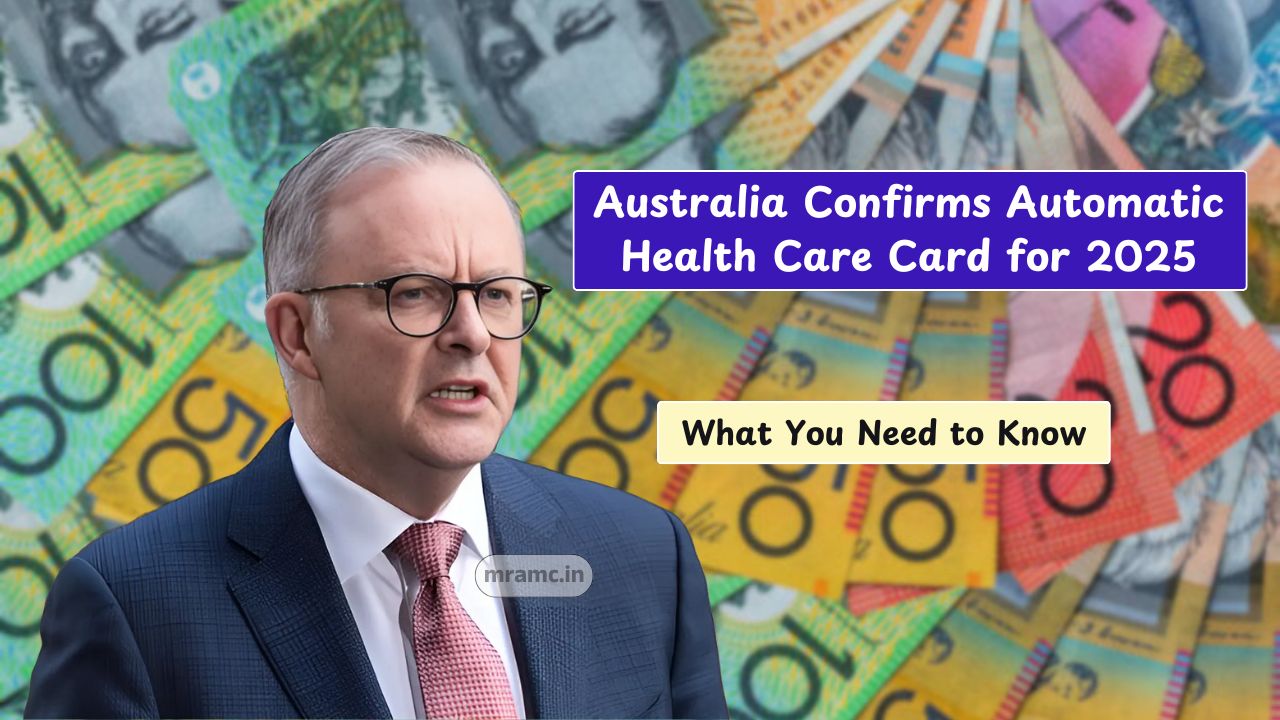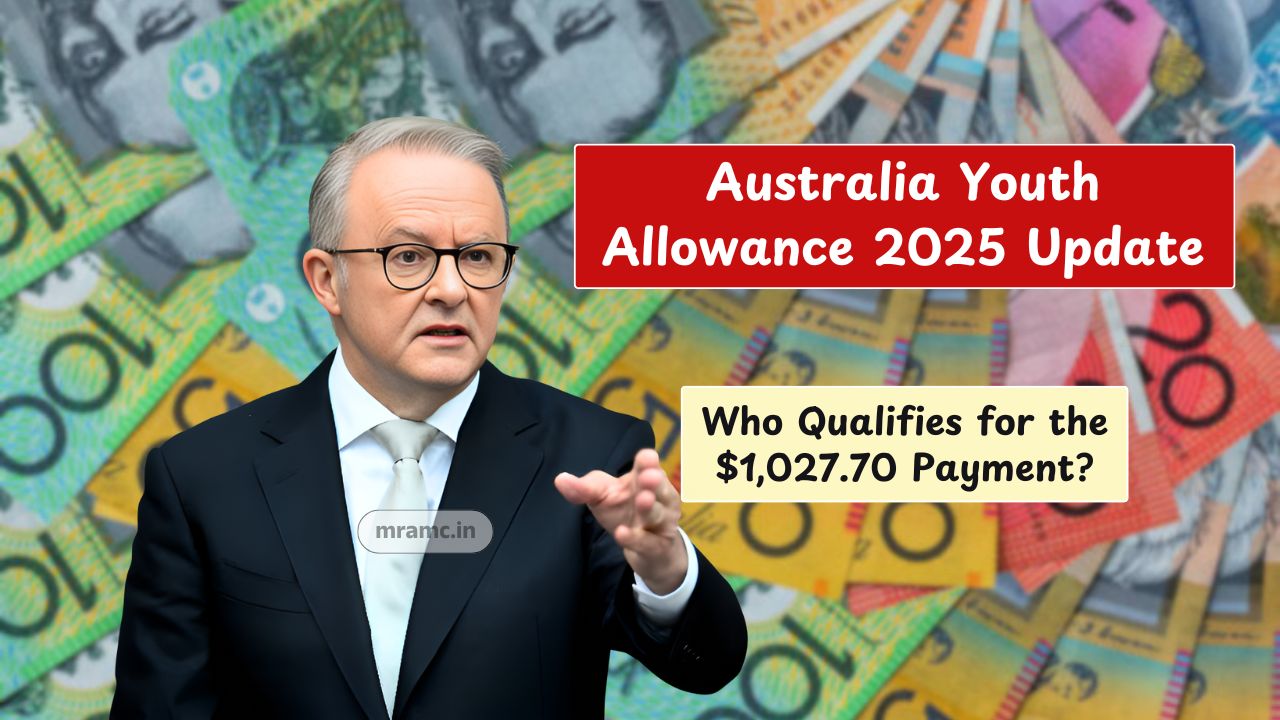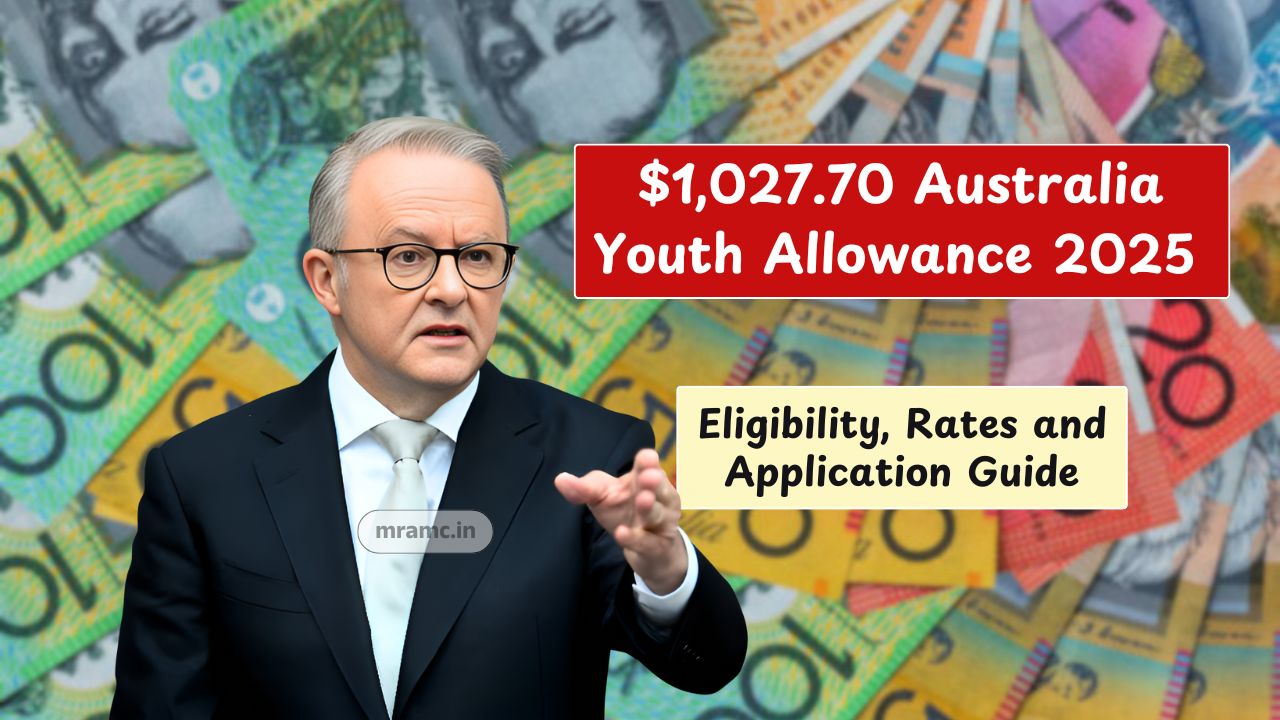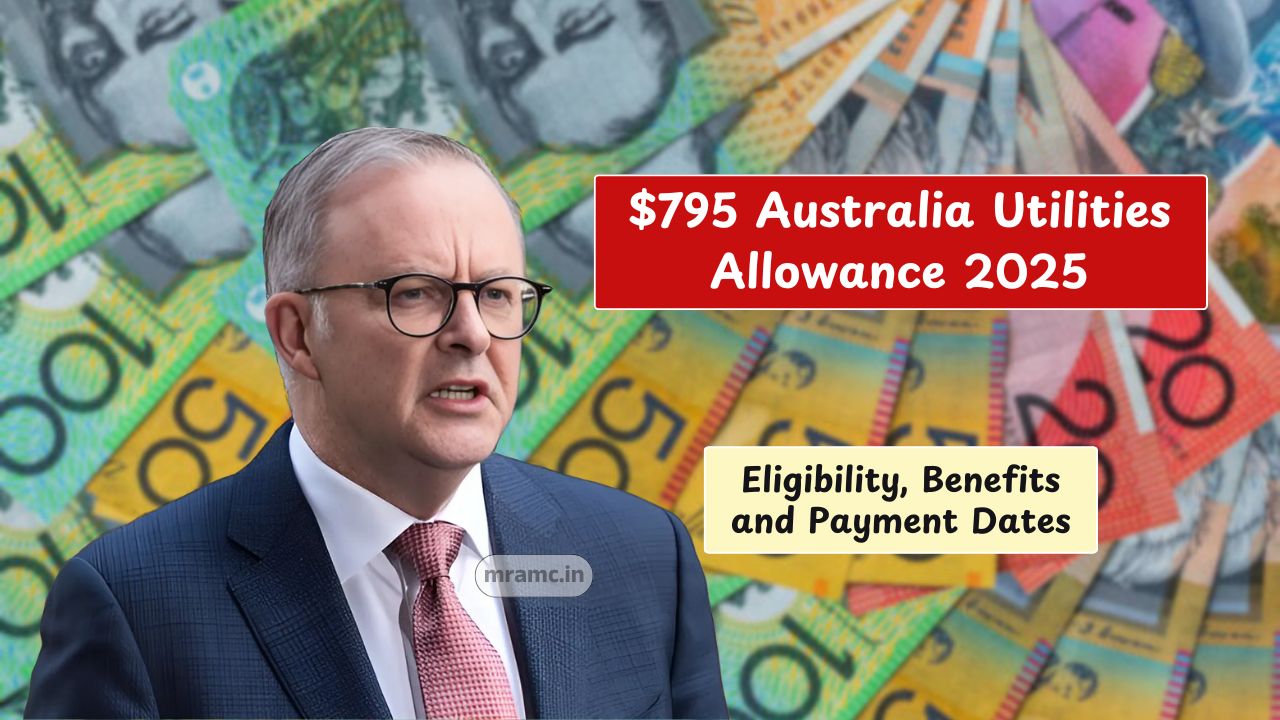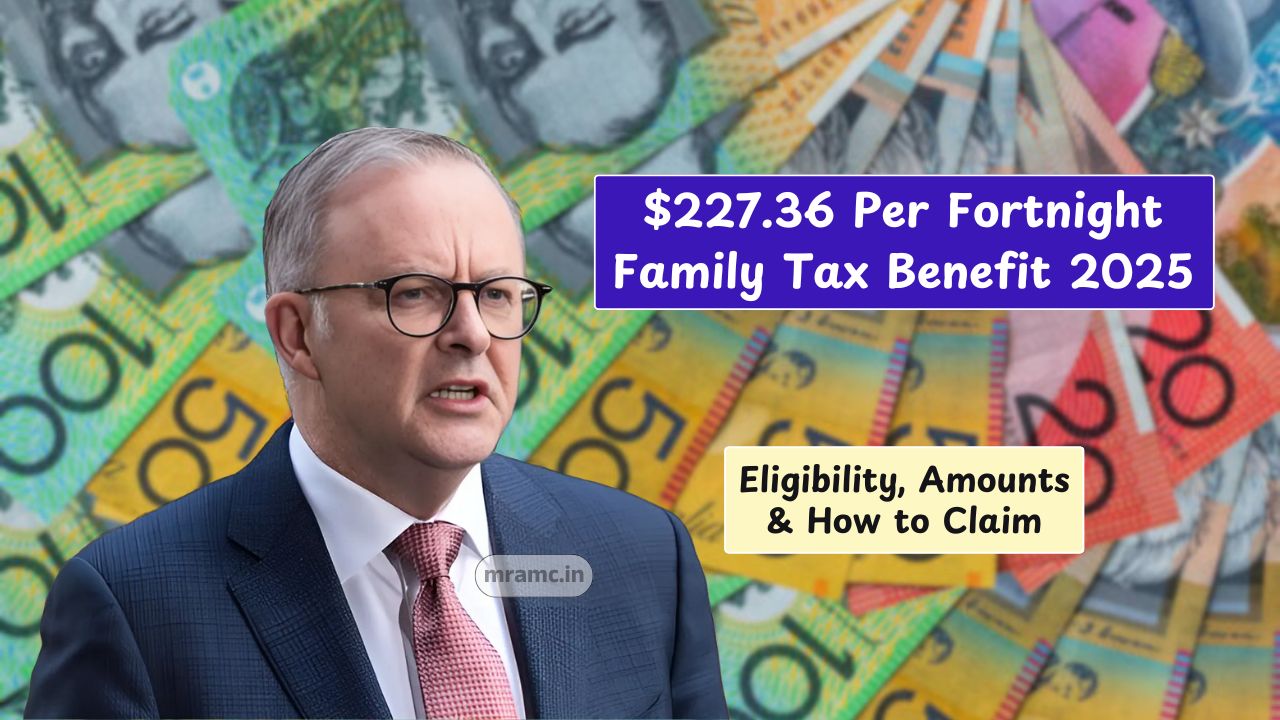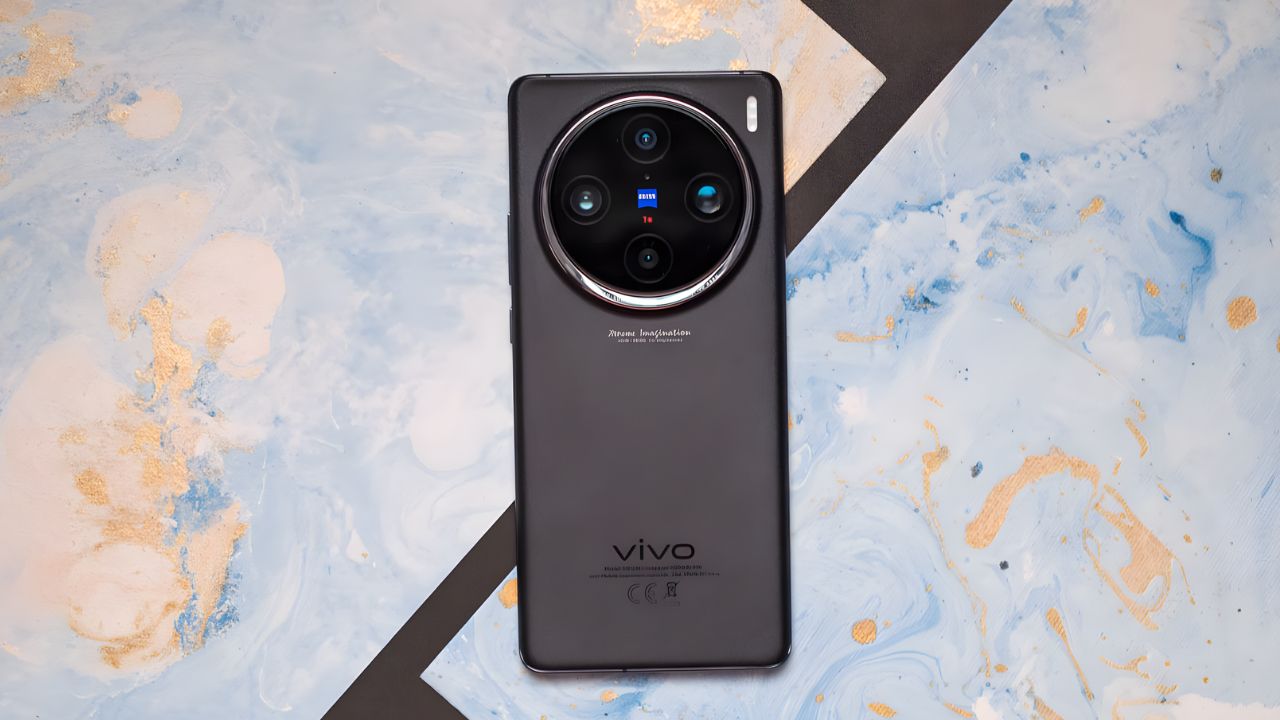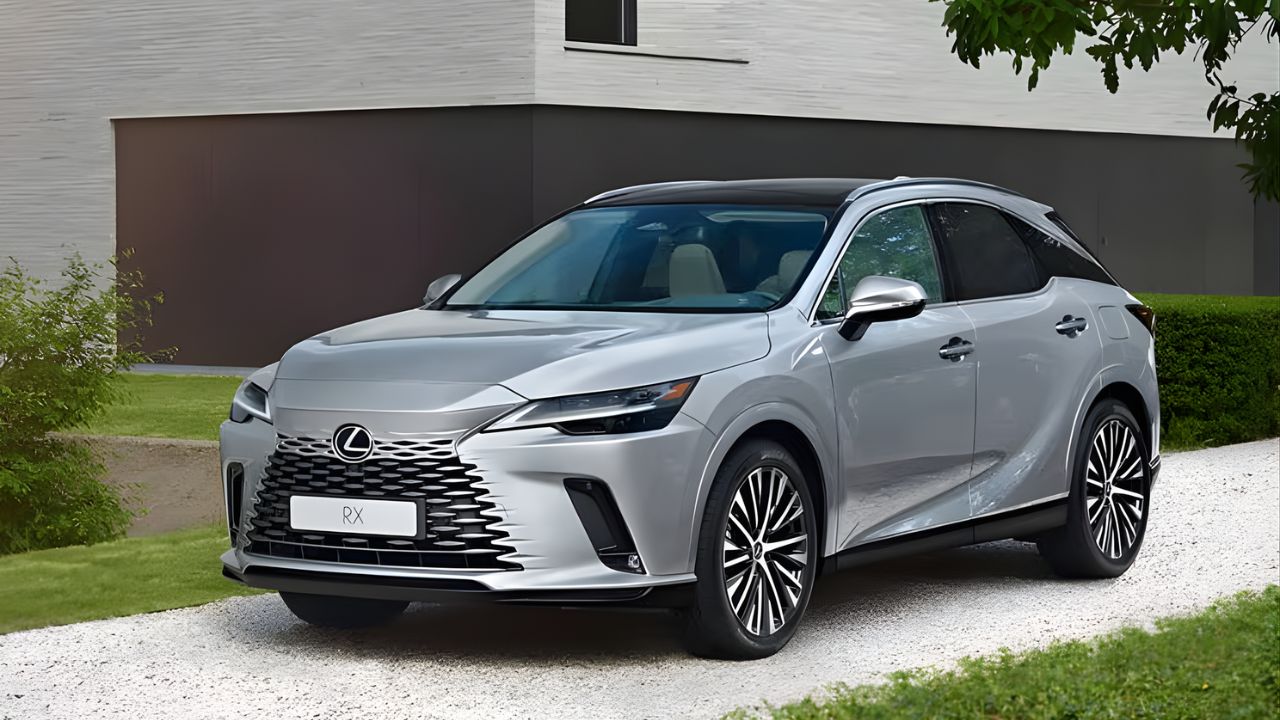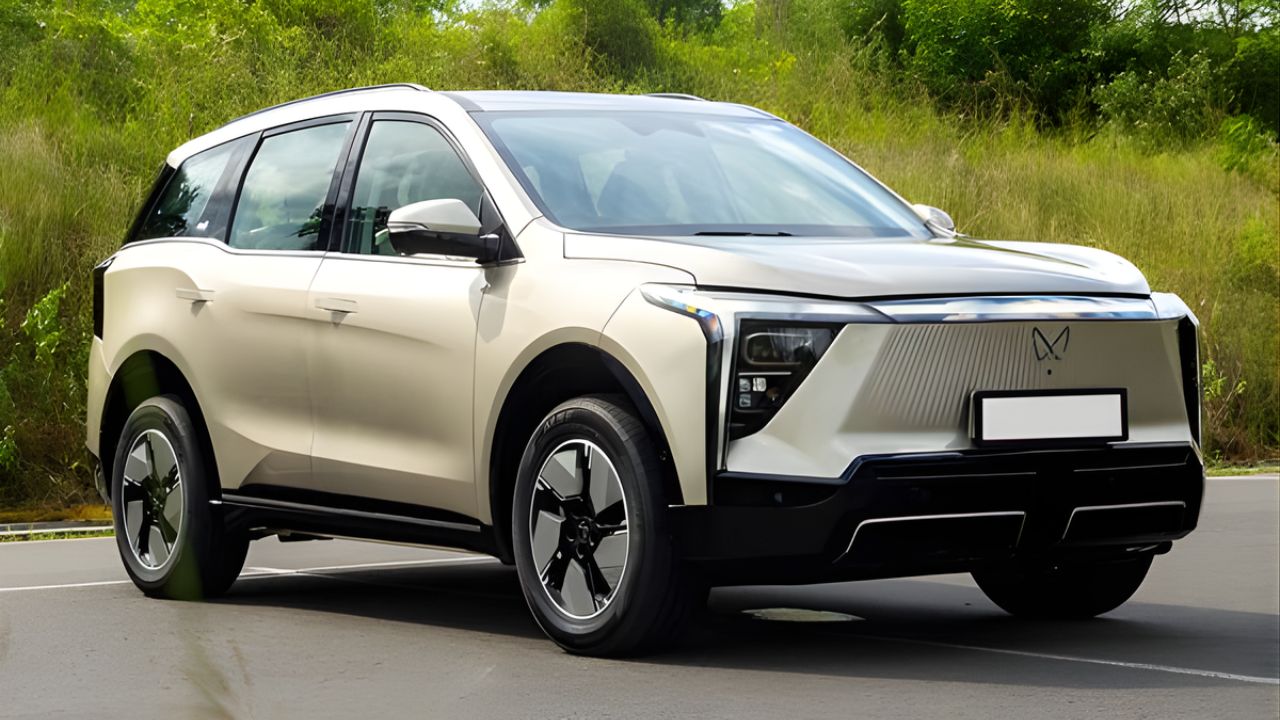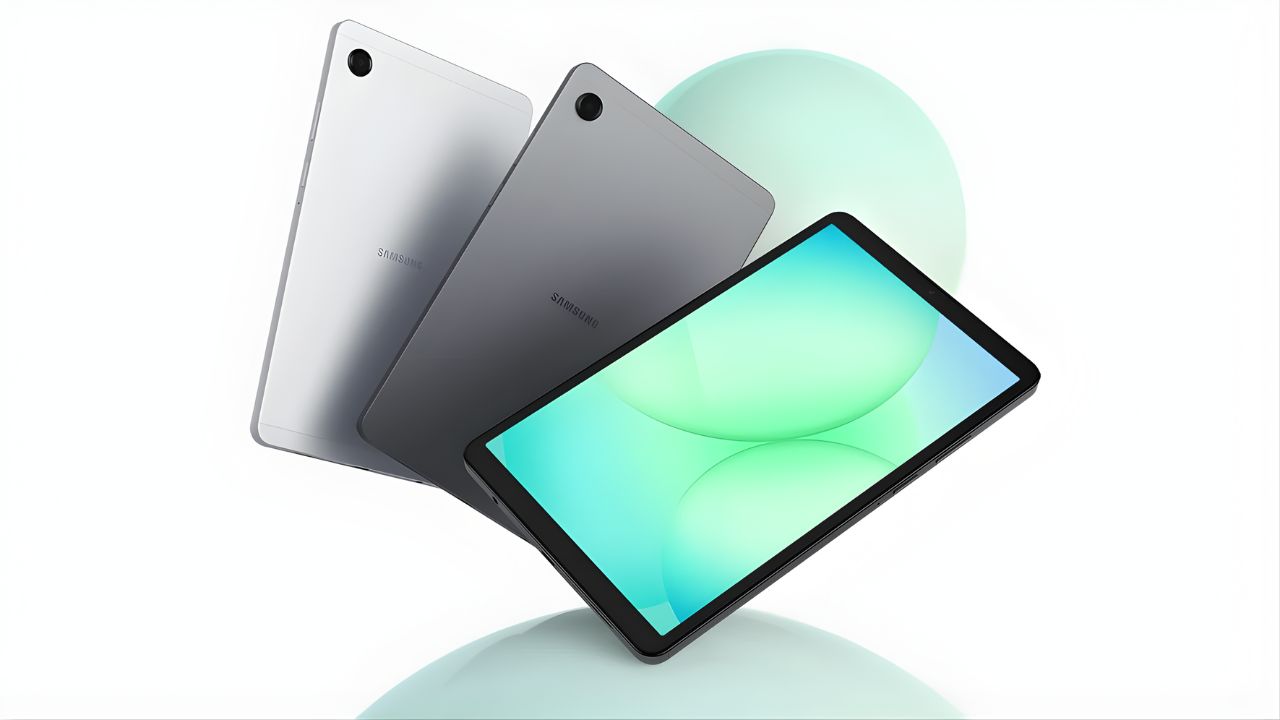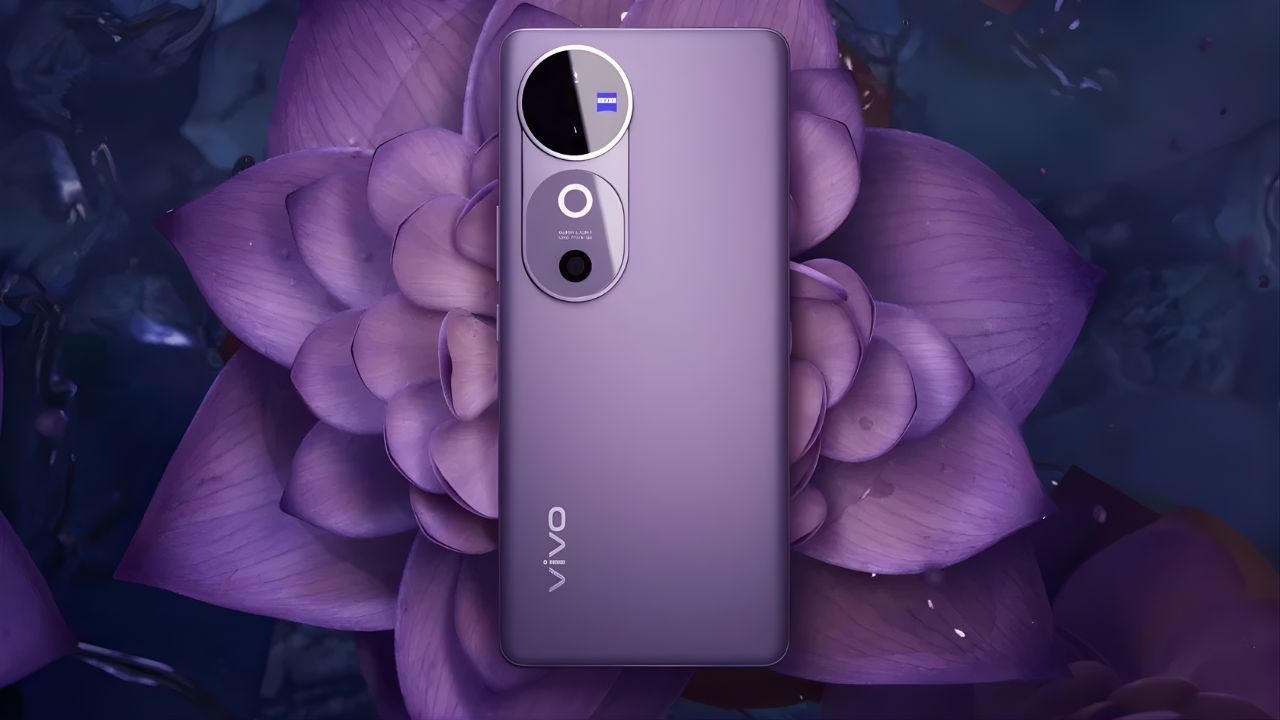Starting in 2025, Australia will make life a lot simpler for millions of residents by automatically issuing Health Care Cards to eligible people. No more forms, no waiting around, and no confusion—the system will handle it all for you.
This change is designed to remove barriers, making sure families, seniors, students, and low-income workers can access cheaper medicines, rebates, and transport discounts without the stress of applying.
Overview
The automatic Health Care Card rollout is one of the biggest social policy shifts in years. By connecting eligibility to Centrelink records, Services Australia will take care of issuing and renewing cards on your behalf.
| Aspect | Details |
|---|---|
| Policy Change | Automatic issuance of Health Care Cards in 2025 |
| Who Gets It | All residents who meet Centrelink-linked eligibility criteria |
| Benefits | Cheaper PBS medicines, utility rebates, transport discounts, health care |
| Validity | Usually valid for 12 months, auto-renews if eligibility continues |
| Start Date | Early 2025 |
| Official Source | Services Australia – Health Care Card |
Why It Matters
Think of the Health Care Card as a VIP pass—not for concerts, but for essentials like discounted prescription medicines, reduced utility bills, and cheaper public transport.
For many Australians struggling with rising living costs, this means more money stays in their pocket. It’s the government’s way of saying, “We’ve got your back.”
History
Health Care Cards first appeared in the 1980s as part of Australia’s safety net for low-income earners. Over time, eligibility expanded to cover students, carers, and families, but the process always required a manual application.
Many people who qualified never applied because of language barriers or simply the hassle of paperwork.
From 2025, that barrier disappears. The government will issue cards automatically, ensuring no one misses out.
The Big Shift
Here’s what’s changing in 2025:
- Automatic issuance: If you’re eligible via Centrelink (JobSeeker, Youth Allowance, Carer Payment, Austudy, etc.), the card arrives without an application.
- No forms: Services Australia uses its integrated systems to check your status.
- Seamless renewals: As long as you stay eligible, your card renews automatically.
This approach ensures that eligible Australians don’t lose benefits because of paperwork delays.
Who Benefits Most?
- Families: Relief on health costs, transport, and utilities.
- Seniors: Big savings on medicines and household bills.
- Students and young adults: Lower health and transport costs while studying.
- Low-income workers: Support for those juggling part-time or casual jobs.
By the Numbers
- 1.4 million Health Care Cards are currently in use.
- Households spend 6.6% of their total budget on healthcare (ABS).
- Out-of-pocket costs average $850 per person annually, among the highest in the OECD.
- Electricity prices rose nearly 20% in the past two years.
Clearly, automatic cards aren’t just convenient—they’re essential financial relief.
Practical Example
Imagine Sarah, a single mum receiving Carer Payment. Before 2025, she had to apply and wait for approval. With the new system, her card simply arrives by post.
Or consider Mike, a uni student on Youth Allowance. He automatically gets a Health Care Card that cuts down the cost of his asthma medications—no extra stress during exam season.
Benefits
Holding a Health Care Card gives access to:
- Cheaper medicines under the Pharmaceutical Benefits Scheme (PBS)
- Discounted health services (doctor, dental, vision—depending on your state)
- Utility rebates on electricity, gas, and water
- Transpbort discounts on buses, trains, and trams
- Extra perks such as education or sports discounts in some states
International Comparisons
- United States: Some states auto-enroll Medicaid recipients if they’re already in food programs.
- United Kingdom: NHS offers concessions but still requires applications.
- Canada: Provinces like Ontario issue benefit cards tied directly to social support.
Australia is joining the global trend toward automated welfare access, cutting red tape for citizens.
Timeline
- Early 2025: Rollout begins.
- Step 1: Centrelink checks eligibility.
- Step 2: Services Australia generates your card.
- Step 3: Card arrives by post (digital versions may follow).
- Step 4: Annual eligibility checks keep cards active automatically.
Staying Ready
- Keep your Centrelink details updated (address, email, phone).
- Check eligibility with the online tool.
- Look out for your card in the mail.
- Download the Services Australia app for digital updates.
- Contact Services Australia if your card doesn’t arrive.
Risks and Criticism
While widely praised, critics note:
- Fraud risks from automatic issuance.
- Government spending pressure due to expanded concessions.
- System errors that might miss some people.
- Equity concerns that call for broader coverage, especially in dental and mental health.
Despite these, most experts agree the benefits outweigh the risks.
Workplace Angle
For employers, this change matters too. Healthier, less financially stressed workers are more productive and miss fewer days of work. Community organizations also benefit, as they can focus on service delivery rather than helping people with paperwork.
Community Voices
- “This change is overdue. Many migrants gave up on applying because the system was confusing.” – Community worker, Melbourne
- “As a pensioner, I’m grateful not to reapply every year. It’s a relief.” – Senior, Perth
These voices highlight the real impact—less stress, more access, and better health.
FAQs
Who gets the automatic Health Care Card?
Anyone eligible through Centrelink payments from 2025.
Do I still need to apply?
No, eligible residents will get it automatically.
What benefits come with the card?
Cheaper PBS medicines, utilities, transport, and health discounts.
When does the rollout start?
Early 2025, with cards sent by post first.
How long is the card valid?
Typically 12 months, with automatic renewal if still eligible.


